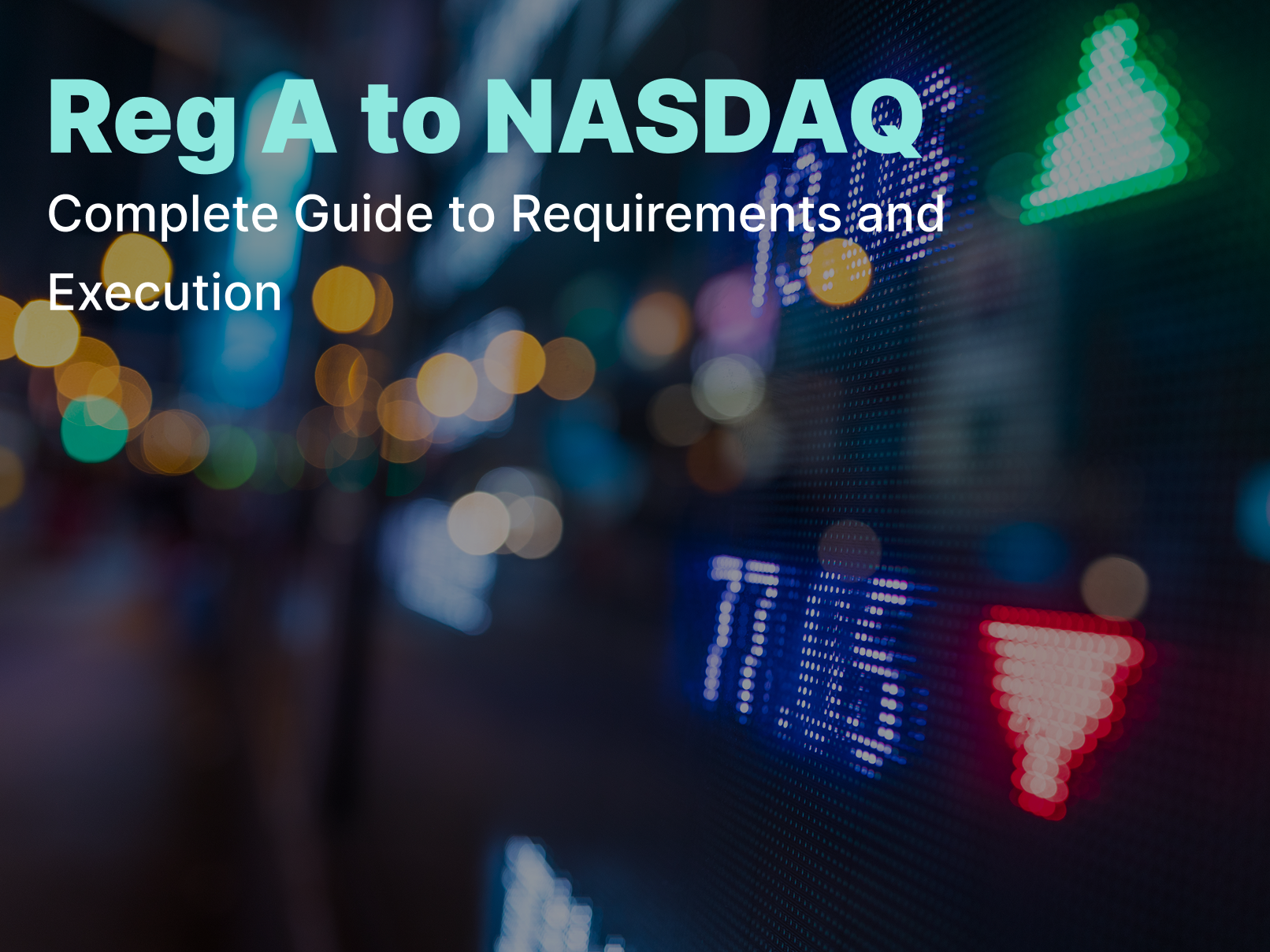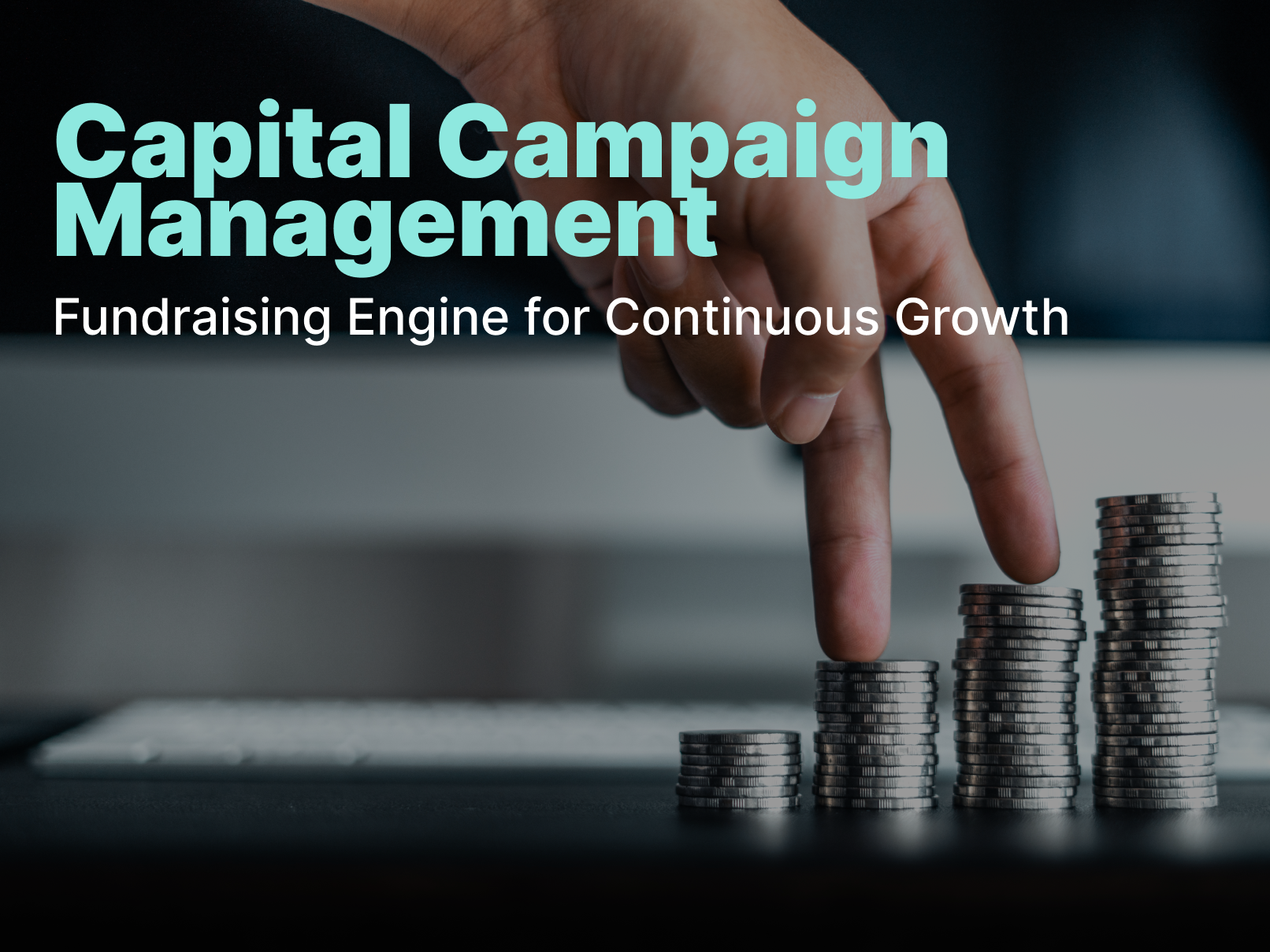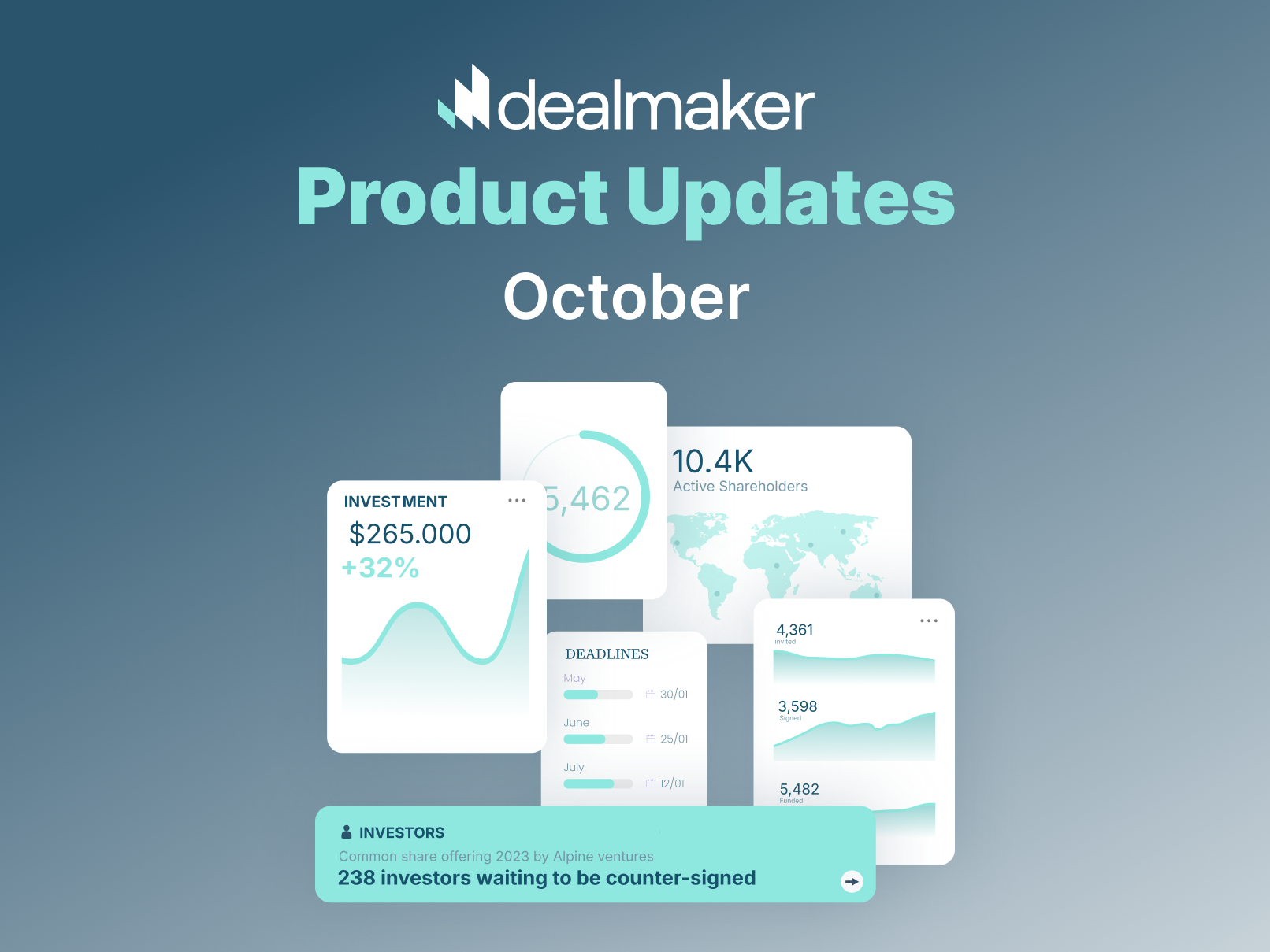Raise Capital
April 19, 2023
What Substack’s Community Round Means for Equity Crowdfunding
Earlier this month, we celebrated the 11-year anniversary of the JOBS Act, which opened the doors for thousands of issuers to raise capital from their communities via Reg CF and Reg A+. In the years that have passed, 1.5 million investors have poured more than $1.63 billion into Reg CF offerings alone.
Still, equity crowdfunding makes up just a small fraction of the total capital deployed into startups each year. In 2022, for example, US venture capital investments totaled more than $209 billion—but while VC deal count dropped precipitously last year, equity crowdfunding deals increased by 16%.
That growth is expected to continue, especially as larger, more well-known startups start to join the mix. Take Substack, for example—a VC-backed newsletter platform with $86 million in funding to date and more than 35 million active subscribers. The company launched a Reg CF campaign at the end of March with the goal of raising $2 million from its community of writers and readers. Within the first day, they received so many commitments that they bumped their target amount up to the legal maximum of $5 million—and as of this writing, they’re still oversubscribed by more than 50%.
Jonathan Stidd, President of Marketing Services (formerly DealMaker Reach), says Substack is the perfect case study for community-based companies seeking funding.

“They have an audience already that they can tap into—particularly one that they can offer a lot of value to. They can say, ‘Hey, as a writer or reader, you are a valuable member to this platform and its future, so we want to offer you equity and upside in that future.’ The people and groups that are literally building the platform get the chance to invest in it—which is just super cool.”
In the early days of equity crowdfunding, the vast majority of offerings were for pre-seed or seed-stage companies, many of which had little to no revenue. But as the space has evolved, it increasingly resembles the overall funding ecosystem, with companies from pre-seed to Series E and beyond getting a piece of the action.
That’s because, even for startups with top-tier venture backing, equity crowdfunding is a powerful way to turn customers into shareholders (and vice versa). It’s a community-building move, a strong PR play, and a capital infusion all at once—and a successful campaign like Substack’s can be spun up in just a few weeks.
For Substack, a $5M raise isn’t intended to replace a full financing round. It’s an add-on allocation to its $65M Series B from 2021, set aside so that its community can benefit from the platform’s potential success.
It may also be functioning as a low-cost bridge round; Substack reportedly abandoned plans to raise more money last year as market conditions tightened. According to CB Insights, valuations dropped across all funding rounds except Seed/Angel from Q4 2021 to Q4 2022:
.png)
“The big seize up in capital, the pause in funding, is more heavily weighted towards the later-stage folks—Series A and beyond,” Stidd says. “So if you can raise capital quickly from your audience, at a relatively low cost of capital, that puts you in a good state to survive this downturn. There will be a lot of companies that die. So for [Substack], I think it was resourcefulness where, sure, funding is slow now. But Substack is proof that you can directly access your audience and raise really meaningful capital quickly.”

Your submission has been received. We will reach out to you via email to schedule a call.
Oops! Something went wrong while submitting the form.





.png)





.webp)
.webp)
.webp)
%20(1).webp)